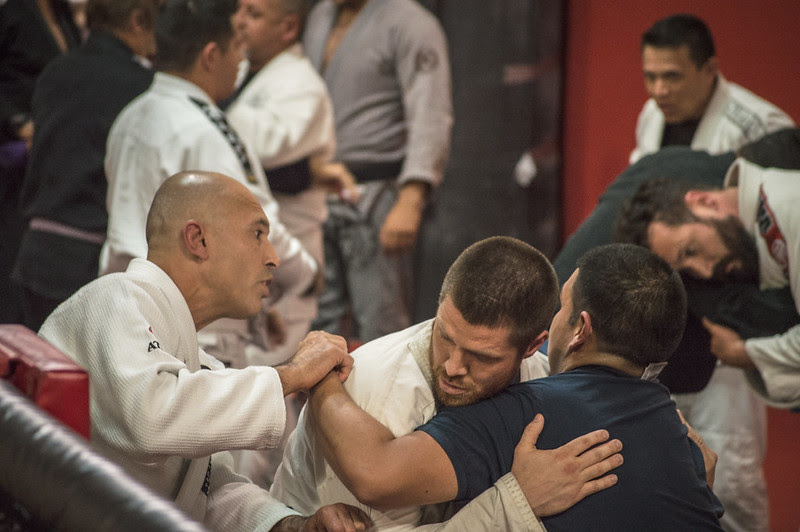Brazilian Jiu-Jitsu is a relatively new martial art. It was invented not too long ago and is constantly being innovated. This may be surprising given how it has spread around the globe and seems to be institutionalized across a number of countries and continents. What explains this meteoric rise?
We will look at the main facets of BJJ that have facilitated its rise. W will also look at where in the world it is most practiced and where Eastern Europe fits into that scheme. To do this, we will look at the successes of BJJ both old and new.
BJJ Success in UFC
Much of the global rise of Brazilian Jiu-jitsu has to dow ith its extreme efficiency. Time and time again the best fighters in mixed martial arts tournaments turn out to be trained primarily in Brazilian jiu-jitsu. They always seem to be the favorites in UFC and for good reason.
Almost all UFC stars are trained primarily in BJJ, but for some, this is even more central to their martial arts repertoire. Given the likelihood that a fight will go to the ground, and how much easier it is to take it to the ground if that is your strategy, it is no wonder that the fighters who specialize in grappling are so often the champions.
Right now Demian Maia is a top UFC fighter who specializes in BJJ. He has submitted over the people in UFC and is no doubt a force to be reckoned with.
Not to mention the long history of success that BJJ fighters have had in the UFC. Royce Gracie won the first, second, and fourth UFC Championships way back in the 1990s. Even more impressive, his opponents were well-trained boxers and in other martial arts, and they were significantly larger than he was.
Origins of Jiu-Jitsu
One of the first questions about Brazilian Jiu-jitsu is how it is different from Jiu-jitsu. Because most people associate martial arts with East Asia, just the name seems to throw people for a loop.
The two fighting systems forked when Geo Omori traveled the world opening up jiu-jitsu. He founded the first jiu-jitsu school in Brazil in 1914. The mania spread quickly through the country.
Then enters the Gracie family. When their father signed up Carlos and Hèlio Gracie they had no idea they would be making history. They developed a new system of fighting. Along with Luiz França and his famous foot locks, they would innovate the world of martial arts forever.
In 1972, the next line of the Gracie family would carry it over the world. Carley Gracie brought the technique to New York City. From there it was much easier for it to spread across the entire world.
“FMWR Brazilian Jiu Jitsu program” by Presidio of Monterey: DLIFLC & USAG is marked with CC PDM 1.0
Innovations from Jiu-Jitsu
Now Brazilian jiu-jitsu is one of the most practiced martial arts around the world. People use it not just for self-defense but also for mental and physical health. It is no longer just something for the most extreme among us, but also for everyday folk.
What can explain this duality? How can Brazilian jiu-jitsu be so effective for the fiercest fighter but also a fun hobby for office workers? Well, the answer lies in the Gracies’ innovations.
The original jiu-jitsu was quite different from the one we know today. At first, the idea was to fight to kill, so fighters were told to bite, gouge eyes, and pulls hair. They would read the best ways to get a good bite in. Save Mike Tyson, biting is not generally how professional fighting works today.
When the Gracies made jiu-jitsu safer, it allowed them to implement another innovation. Previously fighters were trained by reading and listening to instructors. Now they could actually spar. Because fighting did not lead to blood or permanent damage, they were able to practice and perfect their technique.
This is what made jiu-jitsu not only one of the most effective fighting techniques but also an extremely accessible sport for anyone near one of the thousands of BJJ gyms around the world. Most of the top gyms and fighters are in the US, Brazil, and the UK.













